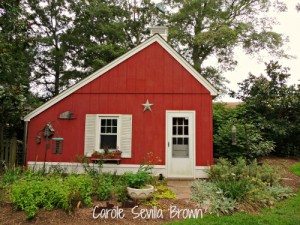Yesterday I was invited to participate in the Anti-Valentine Lawn Project, and I wrote a Love Letter to Wildlife, talking about how each of us could create a love letter to wildlife in our gardens by reducing or eliminating our lawns and adding welcoming habitat for the birds, butterflies and other critters to share our spaces with.
The Anti-Valentine Lawn Project was a virtual blog tour to celebrate the release of Evelyn Hadden’s new book Beautiful No-Mow Yards: 50 Amazing Lawn Alternatives.
Beautiful No-Mow Yards: 50 Amazing Lawn Alternatives is a book by Evelyn J. Hadden that explores the idea of replacing traditional lawns with alternative, low-maintenance landscaping options. The author argues that traditional lawns are often over-manicured, chemically treated, and resource-intensive, and that there are many alternative options that can be just as beautiful and functional.
The book is filled with beautiful and inspiring photos of alternative landscaping options, such as wildflowers, meadows, ground covers, and native plants. The author provides detailed information about each option, including the benefits and drawbacks, the best climate and soil conditions, and tips for installation and maintenance.
One of the key themes of the book is the idea that alternative landscaping options can help to conserve water, reduce air pollution, and protect wildlife. The author argues that these options can be just as beautiful and functional as traditional lawns, but with much less maintenance and environmental impact.
In addition to the detailed information and inspiring photos, the book also includes practical advice and tips for starting your own no-mow yard. The author provides information on choosing the right plants, designing your yard, and maintaining your new landscaping over time.
This book is full of wonderful ideas to have a beautiful garden without lawns. And the photography is amazing! As I page through this book I get so many ideas to add to my wildlife garden.
The American lawn care industry is a 32 billion dollar a year, profit making enterprise. This industry maintains these huge profits because they have convinced us that we are less than perfect neighbors if our lawns are not as green or weed-free as are the lawns of our neighbors.
But we as wildlife gardeners know that a lawn provides very little habitat for wildlife, and the resources it takes to maintain this state of green perfection is not at all sustainable.
So what can we do to replace our lawns? I have several ideas.
More From Ecosystem Gardening:
Submit your review | |








